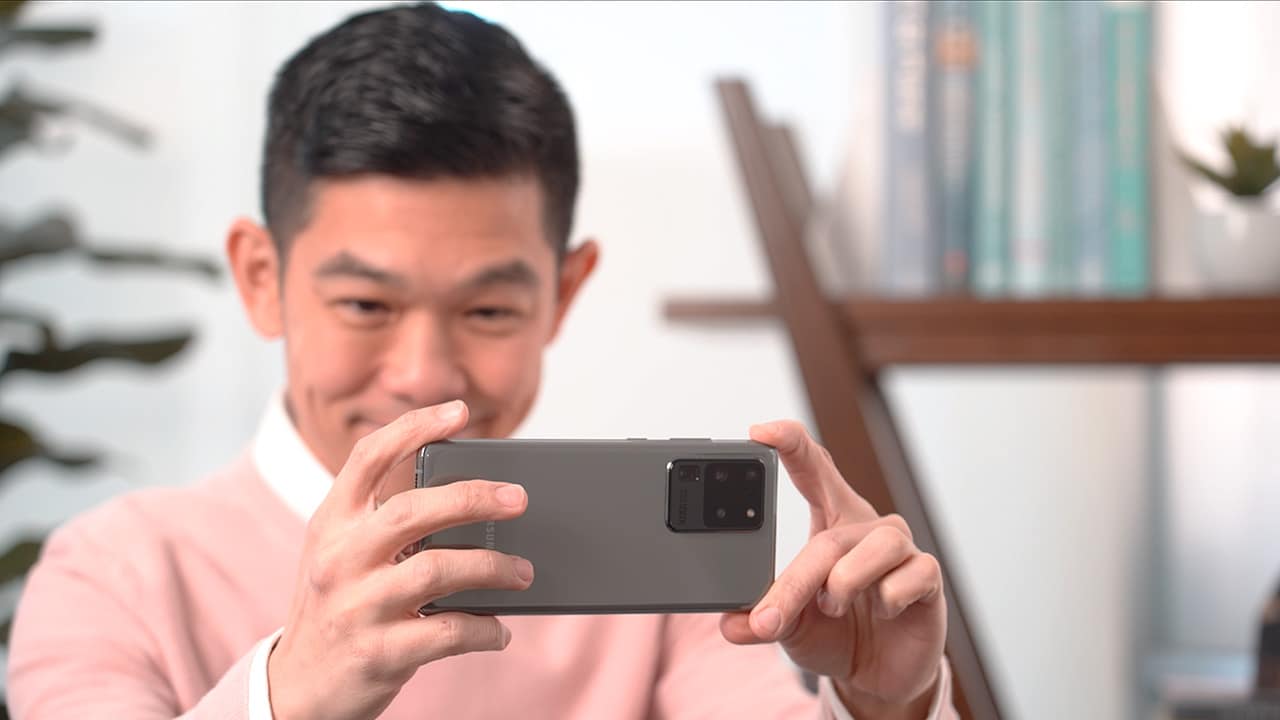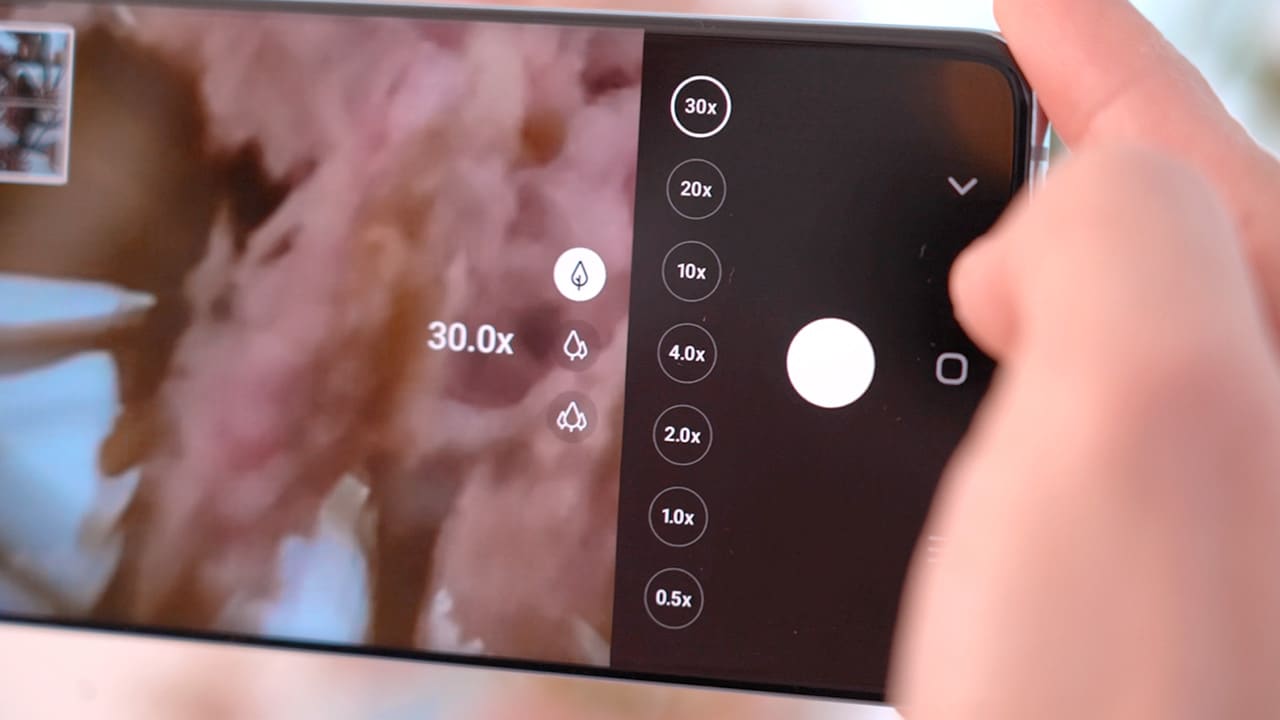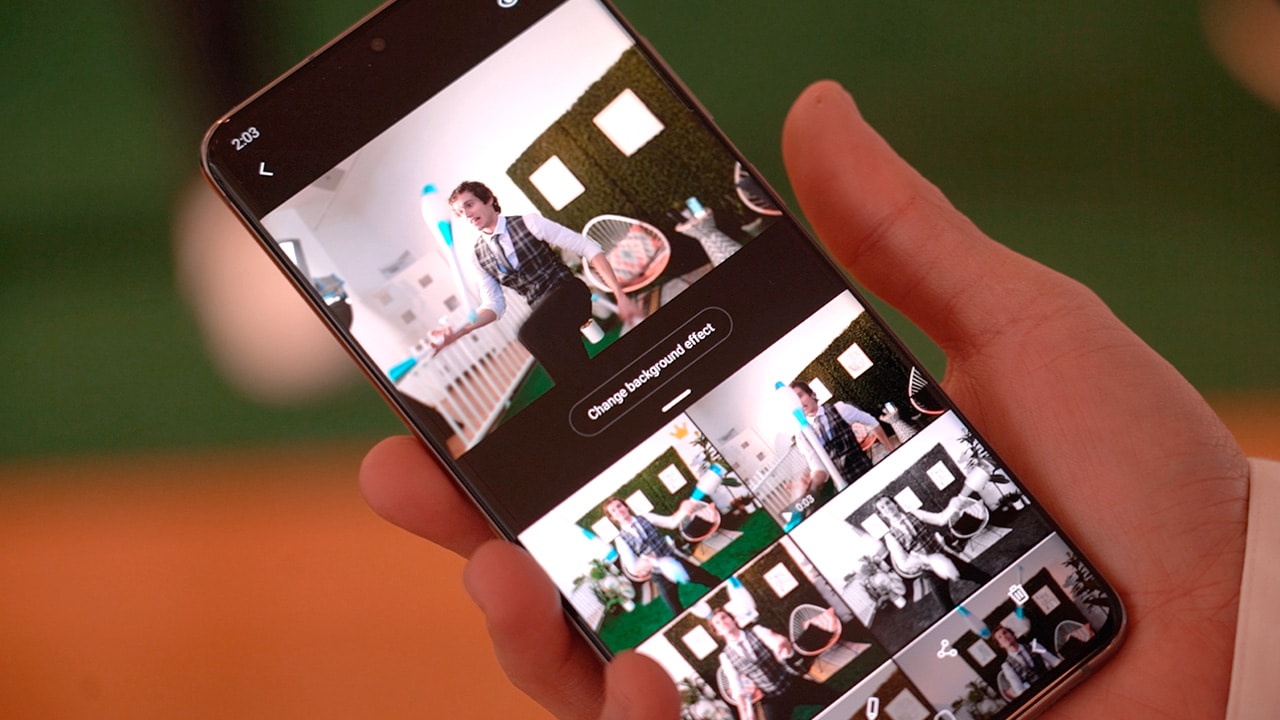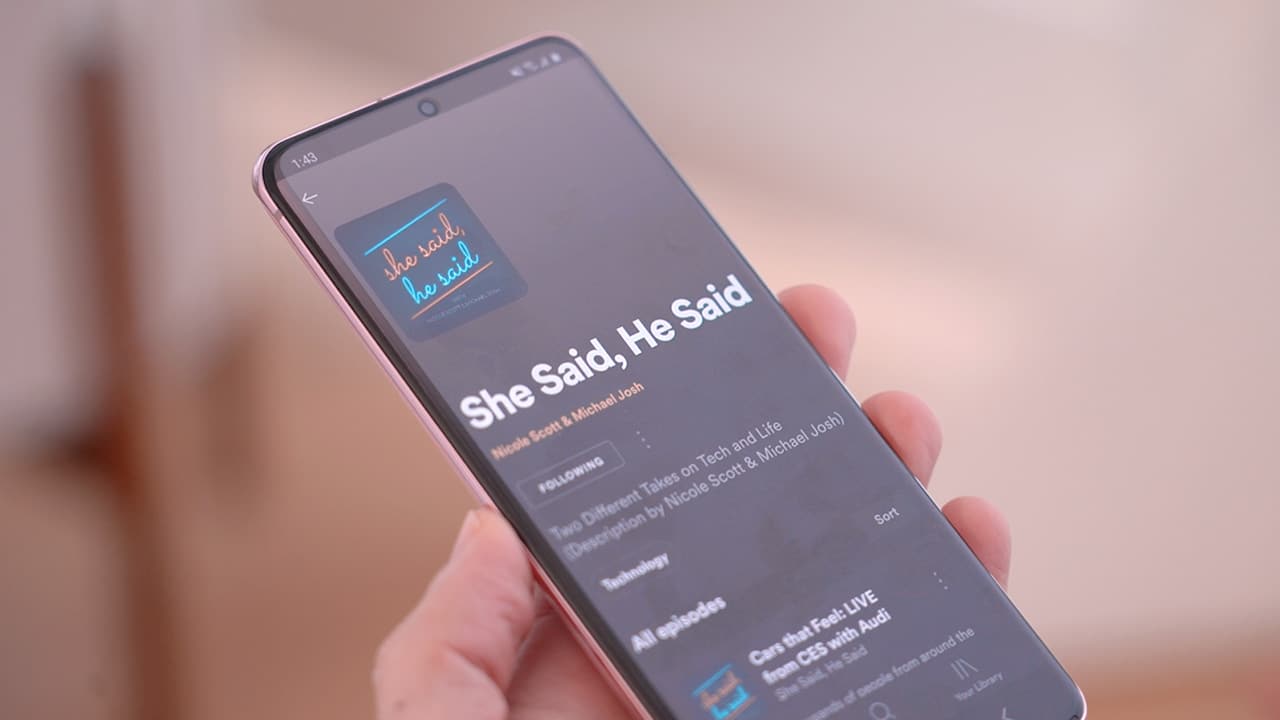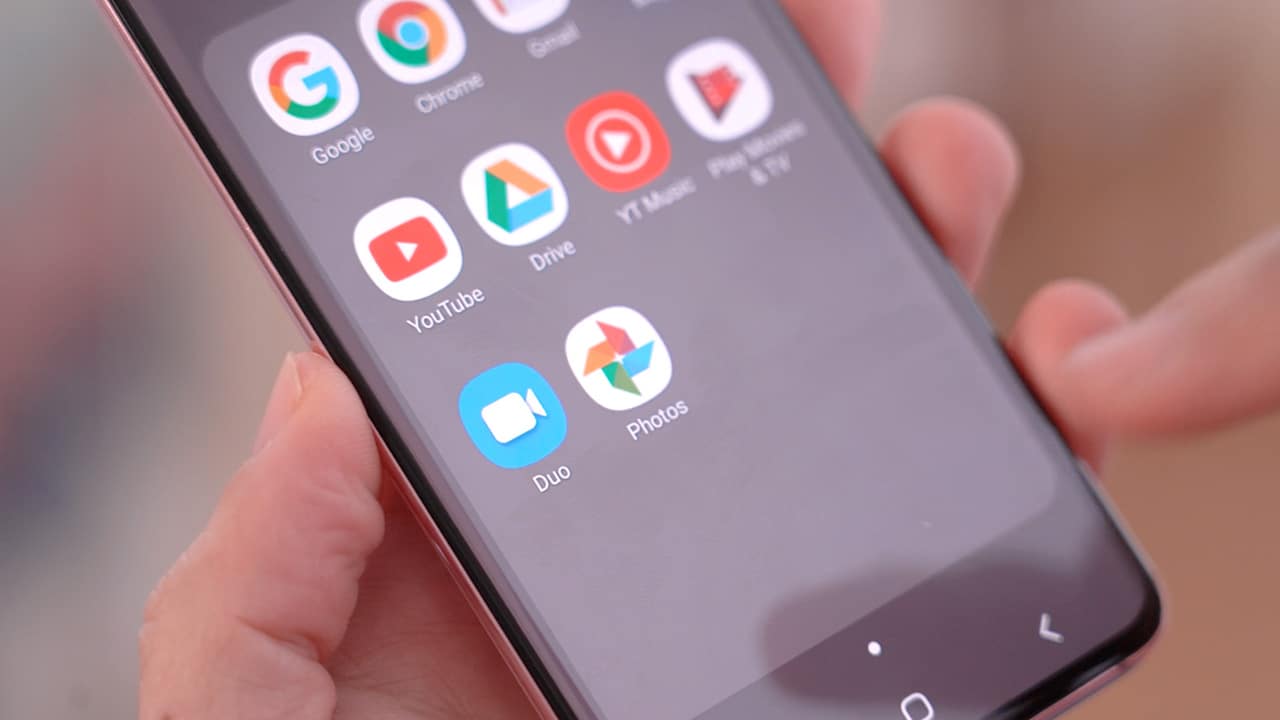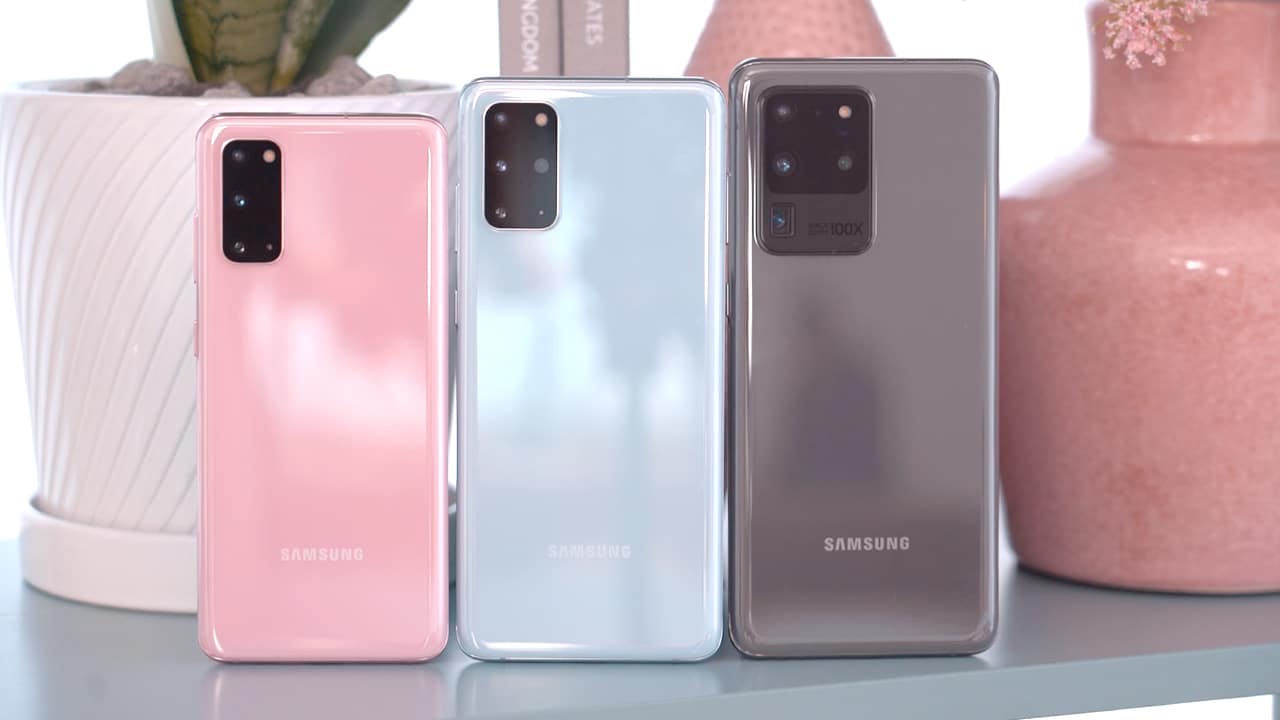News
Samsung Galaxy S20 series now official, focuses on new experiences
Ready for the future
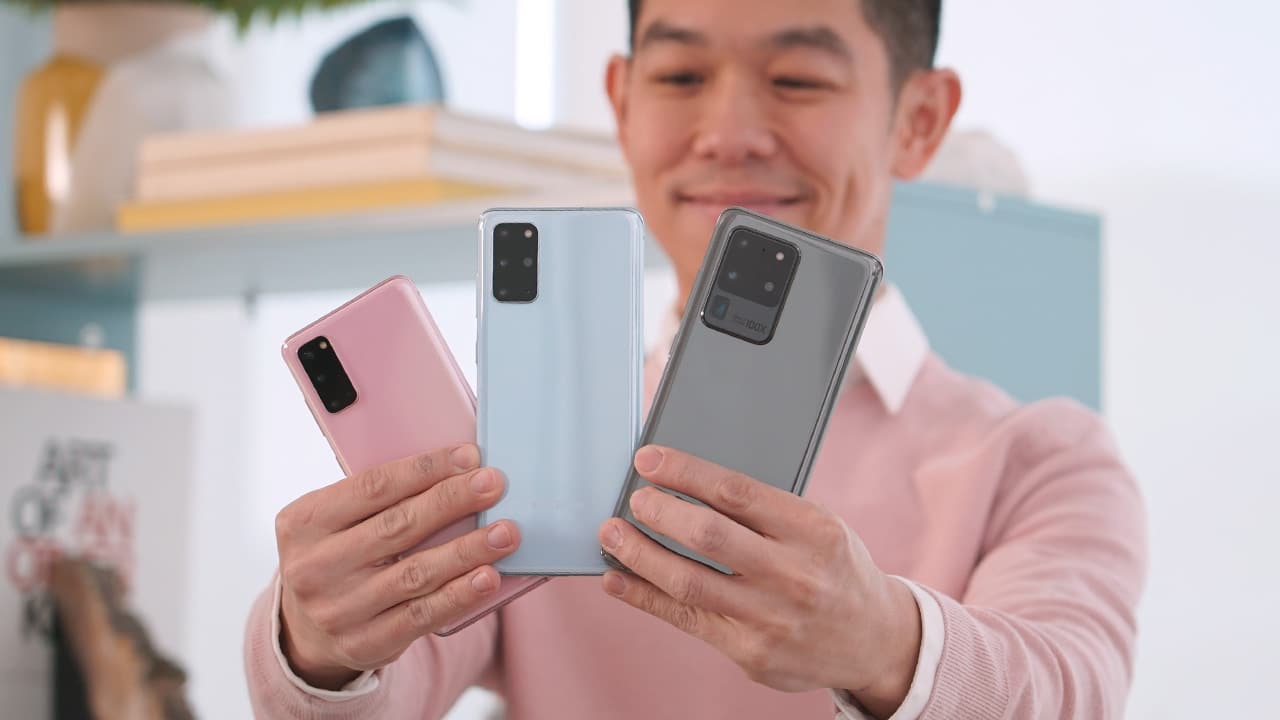
The leaks and rumors mostly got things right but there’s plenty about the Samsung Galaxy S20 series that wasn’t revealed yet, including but not limited to, where the S series is headed moving forward.
Let’s get the basic stuff out of the way. Yes, the S series has three phones — Galaxy S20, Galaxy S20+, and Galaxy S20 Ultra. We’ll get to the finer details of what makes each one different from the other. For now, let’s go through some highlight features.
First of, all three phones will have support for 5G. That includes different 5G bands like MmWave, TTD, and FDDc. That means no matter what 5G infrastructure your area supports, the Galaxy S20 series should have you covered.
While 5G is still in its early stages, Samsung is making sure you have a device that’s ready for the tech once it matures.
Experience over numbers
Samsung is taking a slightly different approach with how they’re communicating the Galaxy S20 series. Make no mistake, the numbers on the phones’ cameras are still pretty outstanding, but the company says these only support the kind of experience they want to impart.
The main cameras on the Galaxy S20 and Galaxy S20+ are 64MP while the Galaxy S20 Ultra packs a whopping 108MP main shooter. That particular camera fuses every 9 pixels into one creating an image with plenty of detail. Samsung calls this process “Nona-Binning.” The company says the camera sensors are not only larger, they’re also smarter.
Those are some of the numbers but it’s the features that Samsung hopes will give you a better shooting experience. For instance, the zoom on the Galaxy S20 series should be the best among everything that Samsung has had on offer so far.
The Galaxy S20 and S20+ will have 3X lossless zoom and up to 30X hybrid zoom. Impressive. However, the Galaxy S20 Ultra takes things even further.
In a feature they call Space Zoom, the Galaxy S20 Ultra will give you 10X lossless zoom and up to 100X hybrid zoom.
Capture more at once
The feature Samsung is highlighting the most is called Single Take. What it does is it lets you take a 10-second clip with the phone also taking images of the “best moments” from that clip.
It takes away the anxiety of having to decide if you’d rather take a video or a photo. The company hopes it’s a feature that will help put you more in the moment instead of pouring too much energy into capturing it.
Speaking of video, the Galaxy S20 series is capable of capturing 8K video. If you happen to own a Samsung 8K TV, you can immediately stream your footage on that TV seamlessly.
Overall video taking also levels up with an improved Super Steady feature that uses anti-rolling stabilization and AI-motion analysis to eliminate shakes in your video. Mentioned in passing is the pro-grade level video that allows you to adjust aperture and other settings like you would on a DSLR.
Key partnerships
In keeping with the “creating better experiences” theme, Samsung partnered with Spotify to take full advantage of the Samsung Galaxy Buds+.
On the Galaxy Buds+, there’s a dedicated gesture to quickly launch Spotify. It even syncs with Bixby Music so it knows the right playlist to fire up depending on the time of the day and your activity.
The Galaxy Buds+ is a step up from last year’s Galaxy Buds. It offers a longer 11-hours of battery life and has 2-way dynamic speakers all in the service of delivering a better audio experience.
Google Duo — Google’s video calling app — is also built into the phone. This lets you make Duo calls straight from the contacts app — very similar to how FaceTime works on the iPhone. Additionally, if the calls are between two Galaxy S20 phones, you can have it in full HD. Neat.
The specs
As promised, to help differentiate the the Galaxy S20 series, here’s a quick table detailing the specs.
| Galaxy S20 |
Galaxy S20+ | Galaxy S20 Ultra |
|
| Display | 6.2″ Super AMOLED, 120Hz | 6.7″ Super AMOLED, 120Hz | 6.9″ Super AMOLED, 120Hz |
| Processor | Exynos 990 | Exynos 990 | Exynos 990 |
| Storage and Memory |
|
|
|
| Battery |
|
|
|
| Cameras (Rear) |
|
|
|
|
Camera (Selfie) |
10MP, F2.2 | 10MP, F2.2 | 40MP, F2.2 |
All three phones will have the usual sensors and security features like the Ultrasonic Fingerprint Sensor and Face Recognition. The phones also have an IP68 rating making them dust and water resistant.
Wireless charging is also available on all three devices. Another thing all three have in common is they no longer have a headphone jack. Last year, the Galaxy S10 still had that port.
Pricing and availability
The Samsung Galaxy S20 series will be available starting March 6, 2020 and pre-order period will start on February 21. It will come in different colors. Color availability will depend on where you live.
- Galaxy S20: Cosmic Grey, Cloud Blue, Cloud Pink — US$ 999.99
- Galaxy S20+: Cosmic Grey, Cloud Blue, Cosmic Black — US$ 1,199.99
- Galaxy S20 Ultra: Cosmic Grey, Cosmic Black — US$ 1,399.99

News
Xiaomi Redmi A3 Philippine pricing, availability
Budget smartphone with high refresh rate display

Xiaomi is bringing high refresh rate displays to its budget line with the announcement of the Redmi A3. The latest addition to the entry-level Redmi line boasts of an expansive 6.71-inch HD+ display with up to a 90Hz refresh rate.
The Redmi A3 is available in Midnight Black, Star Blue, and Forest Green. The smartphone is priced at PhP 3,399 (3GB+64GB) and PhP 3,999 (4GB+128GB) respectively for its two configurations.
Customers may preorder the phone until April 27 via Lazada, Shopee, and TikTok. General sale begins April 26th in all Xiaomi stores nationwide. Freebies are a Basic Piston Earphone for online purchases and a 3-month Viu Premium subscription for in-store purchases.
The Redmi A3’s immersive screen allows users to consume various content in high-definition with better smoothness, a boost for a phone of its price point. The screen has Corning Gorilla Glass 3 protection as well, and DC dimming to reduce blue light exposure.
The phone also sports a refined design that lets go of the iPhone-looking camera arrangement. Instead, the main camera is now in the middle as part of a watch face-looking setup similar to other Android phone offerings.
Speaking of, an 8MP main shooter highlights the back of the Redmi A3. In front is a 5MP front camera. The phone is powered by a MediaTek Helio G36 processor and runs on an Android 14-based OS. Furthermore, it has a 5,000mAh battery with 10W of USB-C charging.
Other handy Redmi A3 features for users to utilize include a 3.5mm jack, Face Unlock, and Fingerprint Unlock.
For the longest time, Google kept Pixel and Android behind two different teams. While the Pixel team dealt with devices made by and for the brand, the Android team ships a product meant for brands outside of the company’s purview. However, the days of separation are at an end. Google is officially merging its Pixel and Android teams together.
In a shocking announcement, the company has confirmed that the teams handling hardware and software will fall under a single team headed by Rick Osterloh. Prior to the merge, Osterloh was the senior vice president of devices and service, which was Google’s hardware branch. He will now oversee both hardware and software.
Because of the new leadership change, Hiroshi Lockheimer, former head of Android, will now move on to other projects within Alphabet. Of note, the change is not harsh for Lockheimer. He and Osterloh had been contemplating on the merge for a while.
Now, why the change? As is the case with everything today, it’s all because of AI. Speaking to The Verge, Osterloh explains that the merge will help with “full-stack innovation.” With how technology is these days, it’s now impossible to develop AI without having a close eye on hardware, such as in Google’s AI developments for the Pixel camera. Merging the teams will help streamline development, especially when hardware is involved.
Despite the change, outside brands, like Qualcomm’s Cristiano Amon, remains confident of Android’s capabilities outside of Google. Just expect more AI coming out in the near future.
Since the Pixel 6 series, Google continues to wow the market as one of the most unique camera designs available in the market today. This year, the brand’s Pixel 9 series might reinvent itself again with a slightly updated redesign.
Between the Pixel 6 and Pixel 8 series, Google introduced a wraparound camera island extending from the left edge to the right edge. While most smartphones today still use the traditional top-left island layout, Google’s lineup consistently grabs admiration from onlookers.
Now, according to an early leak (from Rozetked, via 9to5Google), Google might cut the camera island’s size before it reaches either side of the Pixel 9. The remaining chunk looks like a horizontal pill-shaped camera island right in the middle of the rear panel. It looks like a common camera island comically enlarged and turned on its side. Alternatively, it also looks like a webcam attached to a phone.
Based on the new leak, the new camera island will have three unknown lenses, the usual LED flash, and an unconfirmed sensor. Besides the different camera, the leak also confirms the usual tray of hardware on the side. There’s nothing too revolutionary.
As always, the Pixel 9 series is scheduled to come out in the fall of this year.
SEE ALSO: Pixel 9 series will reportedly come in four models
-

 Features1 week ago
Features1 week agoFortify your home office or business setup with these devices
-

 Events2 weeks ago
Events2 weeks agoStellar Blade: PlayStation taps cosplayers to play Eve for game’s launch
-

 Gaming2 weeks ago
Gaming2 weeks agoThe Rogue Prince of Persia looks like an ultra-colorful roguelite
-

 Accessories2 weeks ago
Accessories2 weeks agoLogitech unveils G Pro X 60 gaming keyboard: Price, details
-

 Gaming2 weeks ago
Gaming2 weeks agoStar Wars Outlaws release date revealed
-

 Reviews1 week ago
Reviews1 week agorealme 12+ 5G review: One month later
-

 Gaming2 weeks ago
Gaming2 weeks agoLenovo confirms development of a Legion Go 2
-

 Deals2 weeks ago
Deals2 weeks agoTCL P635 TV: Big savings for TCL’s anniversary

